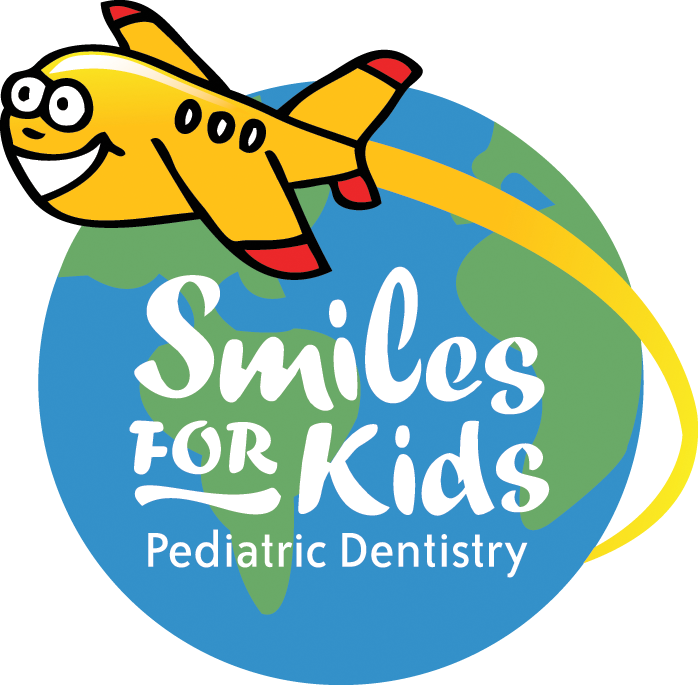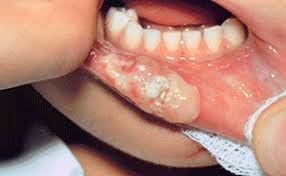Staying Hydrated & Sugary Drinks
/As the intense Houston heat is setting in, Smiles for Kids Pediatric Dentistry wants to remind everyone about staying hydrated this summer. It is super important for our kiddos to drink plenty of fluids especially with the peak of the summer heat already here. It seems like there are a million and one options these days at the grocery store when it comes to drinks for our kids. Here’s a quick guide to help you make the best choices for your little one.
Juice
Juice is loaded with sugar, which will only accelerate the cavity process! Even 100% organic juices have lots of sugar. The American Academy of Pediatrics recommends limiting juice intake to less than 4-6 oz per day for children ages 1-6. The newest recommendation is no juice for kids less than 1 year old. The constant exposure to sugar and acid can quickly break down teeth. We recommend giving children fresh fruit slices to get their daily fruit intake. A fun idea for summer is to freeze grapes or blueberries for a fun, juicy, and healthy afternoon snack!
Sports Drinks
Sports drinks are not recommended for young children. Having them often increases your child’s risk for obesity. They can cause dental erosion because they are acidic. The sugar will of course increase their risk for cavities, too.
Sodas
Soda, as we all know, is bad for our teeth and bodies. Drinking soda can be as bad as having battery acid in our kid’s mouth. The acidity can quickly cause breakdown and weakening of teeth.
Keep in mind that frequency is key. It’s worse to sip on a juice drink all day than to just have it during a meal when it comes to your teeth. We recommend that kids should only use sippy cups if they have not mastered using a cup. If it’s not for mealtime, they should be drinking water. All in all, the best option is always water! It will keep our little ones hydrated without all the side effects of juices, sports drinks, and sodas.
Look at how much sugar these drinks have in them! We would never let our kids eat spoonfuls of sugar so why give them drinks loaded with this much sugar?
Dr. Jadav

































